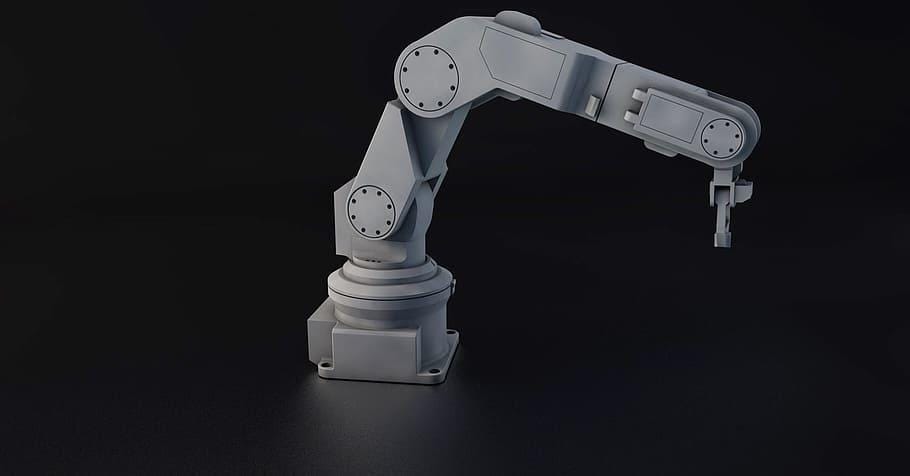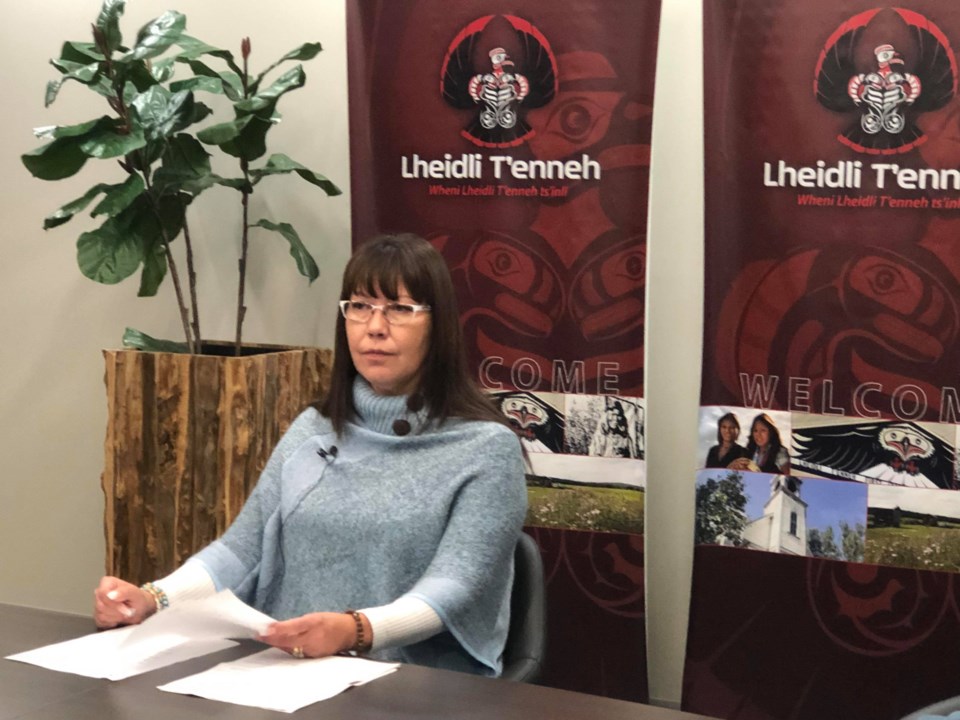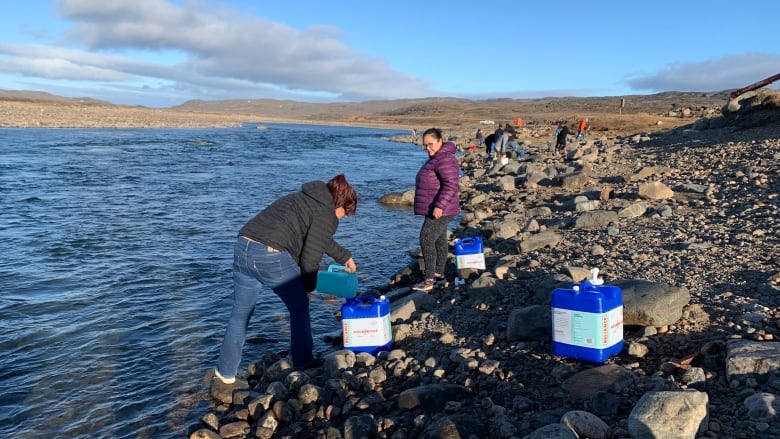Shifting conferences online cuts carbon footprint 94%

The COVID-19 global pandemic—unexpectedly—has shown humanity a new way to reduce climate change: Scrap in-person meetings and conventions.
Moving a professional conference completely online reduces its carbon footprint by 94%, and shifting it to a hybrid model, with no more than half of conventioneers online, curtails the footprint to 67%, according to a new Cornell University-led study in Nature Communication.
The annual carbon footprint for the global event and convention industry is on par with the yearly greenhouse gas emissions of the entire U.S., according to the new paper.
"We all go to conferences. We fly, we drive, we check in to a hotel, give a talk, meet people—and we're done," said senior author Fengqi You, professor in energy systems engineering at Cornell University and a senior faculty fellow at the Cornell Atkinson Center for Sustainability.
"But we looked at this problem comprehensively and behind the scenes, conventions generate a lot of carbon, consume a lot of energy, print a lot of paper, offer a lot of food—not to mention create municipal solid waste. Yet, video conferencing also requires energy and equipment use. Conference planning means a lot to consider."
By studying the amount of carbon needed, adding regional conference hubs at the right locations and boosting virtual participation levels, carbon-reduction benefits can be achieved, You said.
"But environmental benefits become less prominent as the number of regional hubs increases" he said. In 2017, more than 1.5 billion participants—from about 180 countries—traveled to attend conferences, according to the paper.
The number of regular, international convention events—of more than 50 people—doubles every 10 years, and the convention industry's market size is expected to grow at a 11.2% rate over the next decade.
The growth leads to substantial greenhouse gas emissions, said Yanqiu Tao, the first author of the paper and a doctoral student at You's Process-Energy-Environmental Systems Engineering (PEESE) lab.
The carbon footprint per individual participant reaches up to 6,600 pounds of carbon dioxide equivalent, as reported by life cycle assessment studies.
For in-person conferences, Tao and You suggest participants should reduce stopovers when booking flights. Hybrid and in-person meeting organizers should carefully select hubs and take transportation modes and distances into consideration. For virtual conferences, carbon-reduction opportunities include improving the energy efficiency of the information and communication technology sector and increasing the share of renewable energy in the power grids.
"There is a lot of interest and attention on climate change, so moving from in-person conferences to hybrid or remote events would be beneficial," You said. "But we should also be cautious and optimize decisions in terms of selecting hubs and determining participant levels for hybrid meetings."Virtual conferences are better for the environment and more inclusive
More information: Yanqiu Tao et al, Trend towards virtual and hybrid conferences may be an effective climate change mitigation strategy, Nature Communications (2021). DOI: 10.1038/s41467-021-27251-2
Journal information: Nature Communications
Provided by Cornell University











